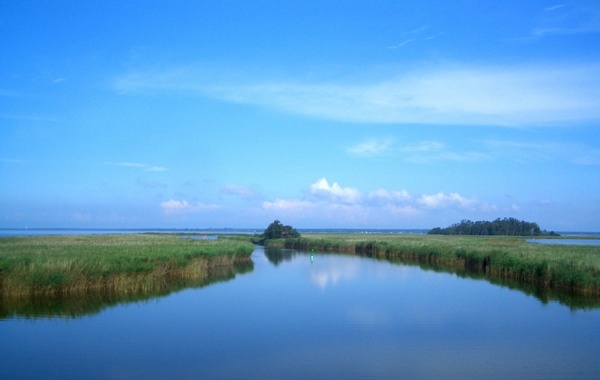
by Lorri | Jul 12, 2017 | UnCorked
There are many familiar French wine regions, but the most exciting are southern France’s Languedoc and Provence. I am consistently impressed with this area’s ability to make unique wines with personality and character at a reasonable price.
Southern France is traditionally known for its simple bulk wine, and not considered among the prestigious reputations of Bordeaux and Burgundy. But because the region has fewer restrictions and its reputation isn’t tied to tradition, winemakers are free to experiment and innovate.
The Languedoc is one of France’s largest growing regions with more than 500,000 acres planted. Provence may be the country’s oldest, with wine being produced in the area for at least 2,600 years. What gives the south of France such potential is the vast amount of complex soils, ideal Mediterranean climate and an open range of grape varieties to explore.
It is one of the world’s blending paradises, with exceptional grapes and an array of choices. The main red and rose wines are blended from syrah, grenache, mourvedre, cinsault and carignan. For whites, there are picpoul, grenache blanc, marsanne, rousanne, viognier and, increasingly, plantings of chenin blanc.
In addition to the traditional grape varieties, we are seeing more and more producers exploring Vin de Pays or country wines. This category benefits the consumers and the wine producers. It gives a consumer clarity with where a wine is produced, giving producers an opportunity to make wines outside the constraints of traditional French Appellation d’Origine Controle law. The most important is the freedom to grow international-favorite varieties such as chardonnay, merlot, cabernet sauvignon, pinot noir and others.
These are some of my favorites.
THE VALUES
- 2015 Jadix Picpoul De Pinet, France (about $13 retail)
- 2015 C’est La Vie Pinot Noir/Syrah, France (about $11 retail)
- 2016 Sables d’Azur Cotes De Provence Rose, France (about $12 retail)
- 2016 Picpoul De Pinet, France (about $12 retail)
THE SPLURGES
- 2015 Domaine Du Tariquet Chardonnay, France (about $15 retail)
- 2016 Whispering Angel Cotes De Provence Rose, France (about $22 retail)
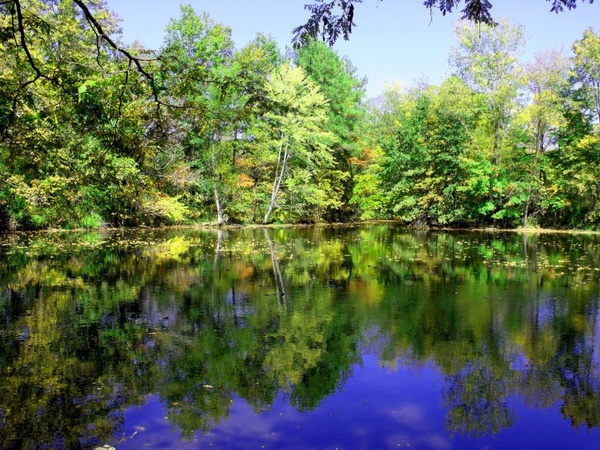
by Lorri | Jul 5, 2017 | UnCorked
Summer has a way of slowing down our busy days, making us get out and enjoy the sunshine. But enjoying wine away from the conveniences of home can pose a dilemma. Glass is generally prohibited, but even where it isn’t, say a lake house or beach rental, we are still faced with lugging around the bottle of wine, remembering to bring a corkscrew and dealing with fragile glassware.
But that doesn’t mean you have to forgo wine. There are more options than ever before when it comes to travel and outdoor friendly wines.
STACKS
Stacked single wines are new to our market and just in time for summer. Instead of packing a full bottle of wine and the glassware in your picnic basket you can have it all in one simple stack. The stack wines are a four pack of stemless shatterproof glasses of wine (187 mL each), shrink sealed together in a tower. Just snap the glasses apart, peel off the foil seal and your wine is ready to be served. No corkscrew involved and no need for glassware.
- 2017 Woodbridge by Robert Mondavi Chardonnay Stacked Singles, California (about $9 retail for stack of 4)
CANS
Canned wines may be the most underrated of my outdoor recommendations. Considering many wine drinkers are just now warming up to the idea of quality wine with screw tops, there has been some resistance to canned wine. This type of closure offers many summer benefits of being able to stay cold in coolers alongside other beverages, no corkscrew is needed, it’s lightweight for packing and the cans are easily recyclable. I think many consumers are concerned about taste. Over the past few weeks I experimented to see if my friends could taste a difference from what they would consider a nice, refreshing, inexpensive, chilled pinot grigio. I poured the can into a wine glass. The conclusion: Not one said a negative comment about the quality of the wine and, more importantly, they were shocked when I showed them the can. The only downside is once a can is opened, it can’t be resealed.
- 2017 Underwood Pinot Grigio, Oregon (about $7 retail for a 375 mL can)
BOXES
Boxes rank among my favorites not only for convenience, but also their eco-friendliness. Most of us are familiar with the 3-liter box that fits snugly in a refrigerator but more wineries are also introducing the “mini” 500 mL Tetra Paks. Most Tetra Pak cartons are made from renewable, low carbon raw materials — primarily paperboard made from wood — that require less energy to produce than traditional glass bottles.
This is a good option for summer for many reasons: no glass, light weight for picnics and camping and a plastic closure that can be screwed back on. The drawback of these smaller boxes is, unlike their 3-liter counterparts, they don’t stay airtight for weeks.
- 2017 Black Box Pinot Grigio, California (about $5 for a 500 mL box)
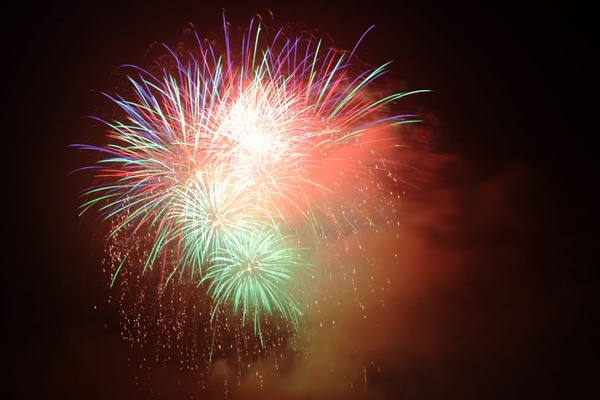
by Lorri | Jun 28, 2017 | UnCorked
I admit most wine writers aren’t contemplating the merits of which wine to serve with hot dogs, fried chicken and apple pies. But we’re in Arkansas and our Independence Day menus are likely to reflect our Southern cooking roots. And as with most aspects of this holiday celebration, I think the wines should be as American as the foods.
BURGERS AND BRATS
Few aromas signify the Fourth of July like sizzling burgers, hot dogs and sausage links on the grill. Because these foods are generally rich in fat, red wines pair well. And, because most are generally paired with everything from onions and sauerkraut to mustard and ketchup, it’s best to keep the wine simple. I have always found medium-bodied juicy California Cabernet Sauvignon a dependable match as well as Syrah blends that bring a hint of pepper.
THE VALUE
- 2015 Bell Wine Cellars Red Blend, California (about $16 retail)
THE SPLURGE
- 2014 Robert Mondavi Maestro, California (about $55 retail)
FRIED ANYTHING
No matter if you’re serving chicken, catfish or shrimp if it’s fried, I suggest opening a bottle of bubbly. It’ll just add to the celebratory feel of the day. The magic of this pairing is balancing the high acidity and slight sweetness of the bubbly with the saltiness in the food. But perhaps best of all is the value as, unlike most Champagne, American bubbly won’t break the bank.
THE VALUE
- NV Domaine Ste. Michelle Brut Sparkling, Washington (about $13 retail)
THE SPLURGE
- NV Roederer Estate Anderson Valley Brut, California (about $24 retail)
APPLE PIE
Most of you will agree, it just doesn’t get more American than apple pie. My sister’s perfect apple pie is essential for our family celebrations. I enjoy late-harvest Rieslings with sweet desserts, but apple pie’s acidity makes almost any Riesling a match.
THE VALUE
- 2015 Hogue Cellars Riesling, Oregon (about $10 retail)
THE SPLURGE
- 2015 Beringer Nightingale, California (about $40 retail)
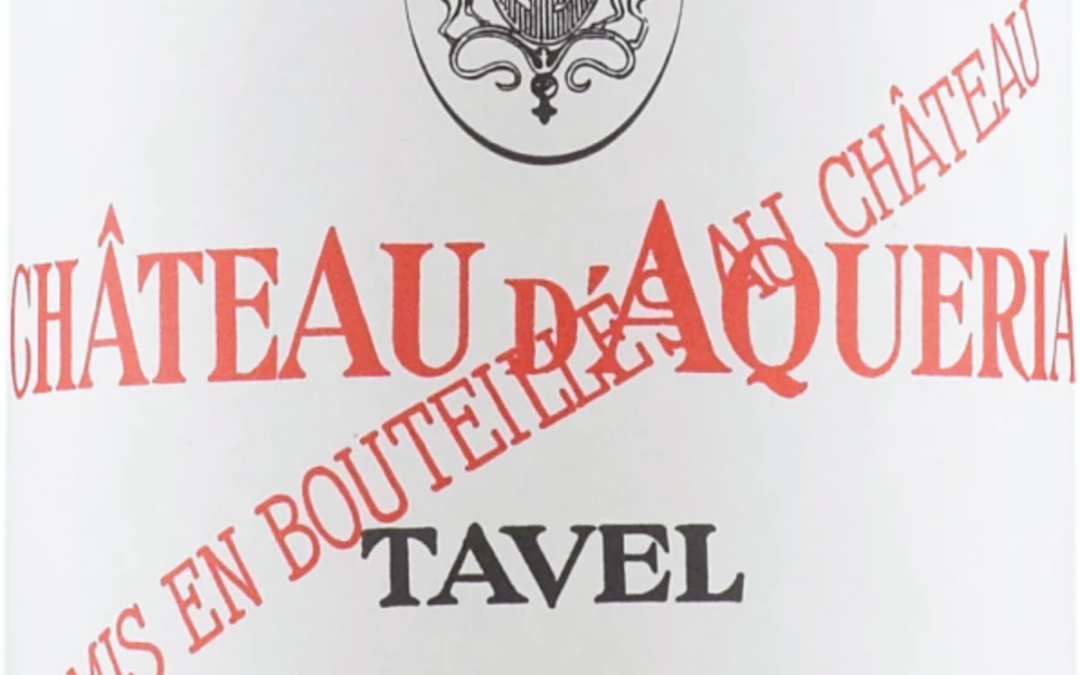
by Lorri | Jun 21, 2017 | UnCorked
If you read my column regularly you know I am a dedicated rose wine enthusiast. One of my greatest joys as a wine educator is to watch someone who thinks of rose as strictly sweet discover the palate-pleasing range of styles this wine has to offer.
As rose overcomes its cloying reputation, more and more wine drinkers are discovering that, just as with reds and whites, there’s a rose for everyone.
We sometimes think of rose wines as dainty, low-alcohol summer sipping wines, but this isn’t always the case. Roses can be robust, high-alcohol wines equal to many full-bodied cabernet sauvignons, topping 14.5 percent alcohol.
In determining which style of rose is best for you, it’s important to look at its composition.
PINOT NOIR ROSE = PERFECT
One of my favorite vineyard memories is sitting on the deck overlooking Presqu’ile Winery’s Santa Maria Valley vineyards sipping their rose. We generally don’t think of pinot noir as a grape variety for rose. But it only takes one taste of Presqu’ile’s expression to bring you to a new love of rose. Made using 100 percent pinot noir from their vineyards, Presqu’ile makes its rose using the direct pressing method, fermented by native yeasts and aged 6 months in stainless steel.
- 2016 Presqu’ile Vineyard Rose of Pinot Noir, California (about $20 retail)
TAVEL ROSE = ROBUST
For those thinking of rose as a “ladies who lunch” kind of drink or the sweet syrup mixture popularized in the 1970s and ’80s, then it’s time you meet Tavel rose. The Tavel AOC (Appellation d’Origine Controlee) is in France’s southern Rhone wine region. It is France’s only region that exclusively produces rose wine. It is legend on its own, but it was also said to be one of Ernest Hemingway’s favorite wines. Hemingway is often thought of as a man’s man, and this expression of rose definitely falls at the masculine end of the spectrum. Made primarily from Grenache and cinsualt, these dry wines have more body and complexity than other roses and are often compared to red wines with less color.
- 2016 Chateau D’ Aqueria Tavel Rose, France (about $22 retail)
ZINFANDEL ROSE = SWEET
White Zinfandel is perhaps the best known and most popular rose wine in America. These wines not only account for the most sales by volume for rose, but also represent over half of all zinfandel production. Aromas of strawberry, cotton candy, sweet melon as well as high acidity are in line with the American palate, making white zinfandel a popular, refreshing summer drink.
There is a world of difference in how the zinfandel grape for red wine (high alcohol, jammy, peppery full-bodied wines) are brought to market versus rose. The name “white zinfandel” was coined by Bob Trinchero of Sutter Home in the 1970s after a zinfandel vat of juice became “stuck” during fermentation. (If the juice does not fully become overtaken by the yeast and ferment to dry, the sugars are not converted and it leaves a sweetness to the wine.) Rather than see a glass empty, he decided on half full and today we have “white zinfandel.”
- 2016 Buehler Vineyards White Zinfandel, California (about $10 retail)
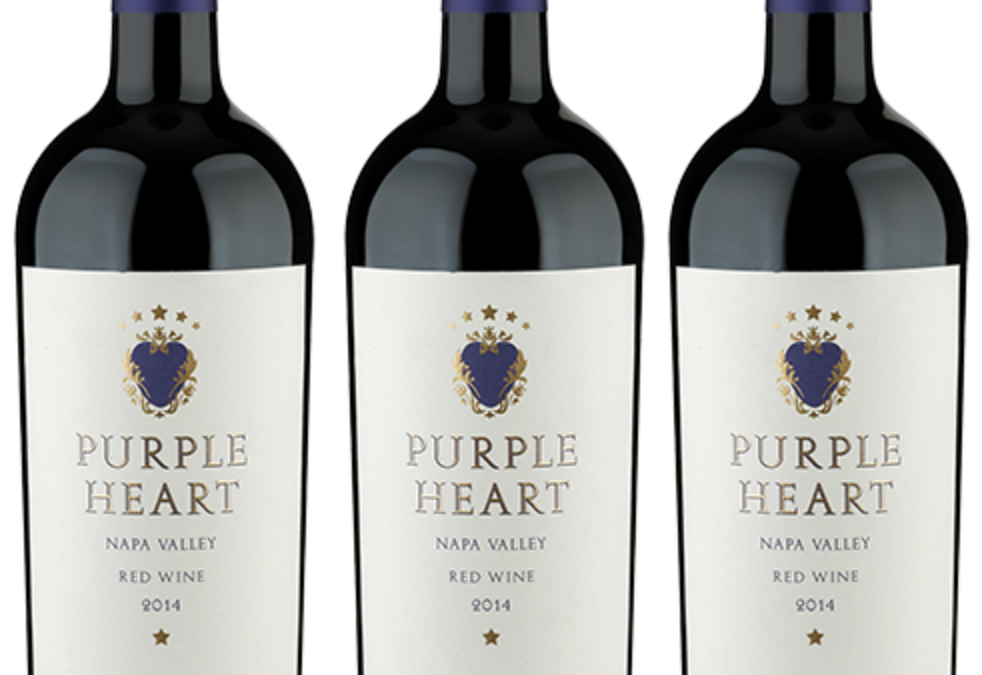
by Lorri | Jun 14, 2017 | UnCorked
There are many Father’s Day gift ideas to consider along with the stereotypical ties, grilling tools and golf clubs.
If the fathers on your list love wine, then this is the year to make it personal. Since all dads are unique, it makes sense to choose a wine fitting his personality and passion.
THE STORYTELLER
I think the ultimate wine gift is one that includes a story. I am honored to call Steve Reynolds of Reynolds Family Winery a friend, an amazing winemaker and a pretty cool dad. He has brought his children to Arkansas on many occasions to partake in our local traditions. One of things I love about Reynolds is his unique business card. It simply says, Steve Reynolds, owner/winemaker/dad. His father, a hobby winemaker, introduced him to the craft early in his life. While living in Germany, many of his family vacations were spent in the vineyards of Europe. In 1994, Reynolds left his career as a dentist and with his wife, Suzie, bought a 100-year-old chicken ranch that needed “lots of love” to have potential for fine winemaking. As a tribute to their substantial hardships, the stigma of being a newcomer to Napa Valley, the arduous startup politics and other challenges, Reynolds named one of his red blends “Persistence.”
- 2013 Reynolds Family Winery Persistence, California (about $60 retail)
THE MILITARY MAN
For the dads who protect our country and fought for our freedoms, this is a gift that acknowledges that. Purple Heart Red Wine recognizes the sacrifice and service of U.S. military men, women and families while promoting the Purple Heart Foundation, a nonprofit providing services to veterans and their families. The foundation is in collaboration with C. Mondavi and Family. Purple Heart Red Wine has aromas of mulberries, plums and blackberries with hints of black licorice.
- 2014 Purple Heart Red Wine Napa Valley, California (about $20 retail)
THE EXPLORER
Some dads relish being first and want to explore the wide-open spaces. There are many options for exploring when it comes to wines and I think Mira Winery from Napa Valley is the gift an exploring father can appreciate. In the past few years, Mira has taken wine aging to a new level, or should we say depth. The winery is experimenting with aging wine in the ocean rather than on land, calling the process “Aquaoir.”
- 2014 Mira Winery Rose, California (about $20 retail)
THE BUBBLY KIND OF DAD
We all know those dads who are the life of the party. They understand the gift of bubbly because they are living large and celebrating every day. Moet & Chandon is the world’s leading Champagne producer with claims that a bottle is opened somewhere in the world every second. A vintage version, only made in exceptional harvest years, is a rare and prized gift to the wine enthusiast.
- 2006 Moet & Chandon Grande Vintage, France (about $85 retail)
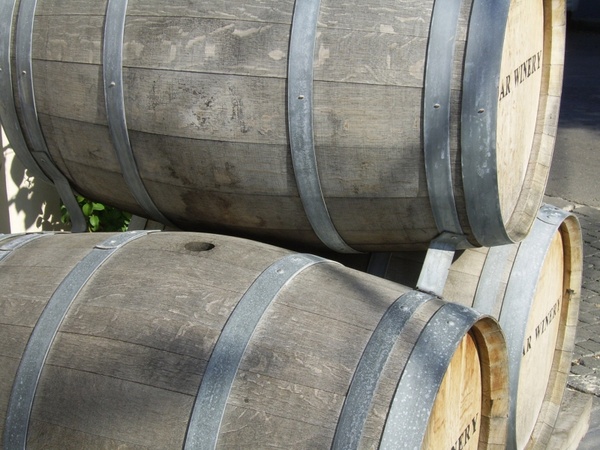
by Lorri | Jun 7, 2017 | UnCorked
One of my favorite things about writing this column is the questions readers ask. Some I can answer immediately but others, I must confess, I need to research and sometimes even do a little experimenting. These are some of your recent questions to Uncorked.
I left a bottle of wine in the freezer overnight. Is it still good to drink?
It is best to not put wine in the freezer. If you need to chill a wine quickly, placing the bottle in a bucket of ice, water and a little salt for 30 minutes will get the job done. But, if you left the bottle in the freezer overnight, chances are you opened your freezer to a sticky mess. Wine is mostly water and will begin to freeze at 32 degrees, but the alcohol will prevent it from freezing entirely. What usually happens is wine freezes just enough to push the cork out and cause the wine to leak. Is the bottle drinkable? After thawing there will be some changes in the taste and it will not be the wine the winemaker intended. But that would not cause the wine to be undrinkable.
What’s the best way to clean mold off a wine’s cork?
The general culprit for mold is humidity during storage. Wine cellars need to be humid, thus mold will sometimes appear. (Most experts recommend keeping cellars at 70 percent to 75 percent humidity.) Because corks are porous you generally will not be able to destroy all mold. But to clean off what you can, start with a small brush (I use a soft bristle toothbrush) or a soft clean cloth. Rub the area, adding a minuscule amount of filtered water if you need too. A more aggressive cleaning method is using vinegar and hot water. Avoid chlorine or bleach because chlorine can lead to “cork taint,” a fault that gives wine a musty aroma. Remember, the wine inside is not damaged, it’s just a cosmetic aspect of the bottle.
What is a barrique?
A barrique is a wine barrel. You generally see the term when referring to a certain shape and size of barrel. It’s the most common type used in Bordeaux, and traditionally holds 59 gallons. Barrel size is important because of the impact it has on the finished wine. If a winemaker is seeking less oak influence, he would use a larger barrel, traditionally one that holds 79 gallons. Want the oak influence to be more noticeable? Use a smaller barrel, like a barrique.
What does it mean when someone describes a wine as cloudy?
Cloudiness usually indicates the growth of yeast or bacteria in the wine. It is generally considered a fault due to poor winemaking. The wine will not be harmful to drink but will most likely taste unpleasant. Some older wines are described as cloudy, but for different reasons. Some wines are bottled unfiltered, per the winemaker’s preference. This is done without removing the tiny grape particles they believe enhance a wine’s flavor. This type of cloudiness is not necessarily considered a flaw and generally will not change the taste of the wine.





